Well, local Herbals is an interesting idea. I decided to be fair, I should limit my post to what I could find in my yard. Of these posts, I planted the Hawthorne and the Comfrey to add to my home pharmacy.
So, where to start: I got into herbals heavily over two decade ago, to fight some health problems that Modern medicine told me could not be fought, only endured, with medicines. That seemed like a lousy way to continue my life, waiting to die by medicine; so I began studying what GOD gave us for our pharmacy. I not only found treatment, but there are herbals that reversed the problems that were irreversible.
But all of those do not grow in my yard, so that is another post. A lot of the herbals I list here, are considered weeds to be fought and destroyed to get a golf course lawn. I don't think GOD likes golf courses too much, because he puts all the interesting things elsewhere.
Hawthorne: Crateagus oxycanthus Is used for cardiac support.
https://www.herbwisdom.com/herb-hawthorn-berry.html
Hawthorne is a tree that is used for Angina, Cardiac arrhythmias, heart disease, high Blood Pressure, Intermittent Claudication, Peripheral Vascular Disease.
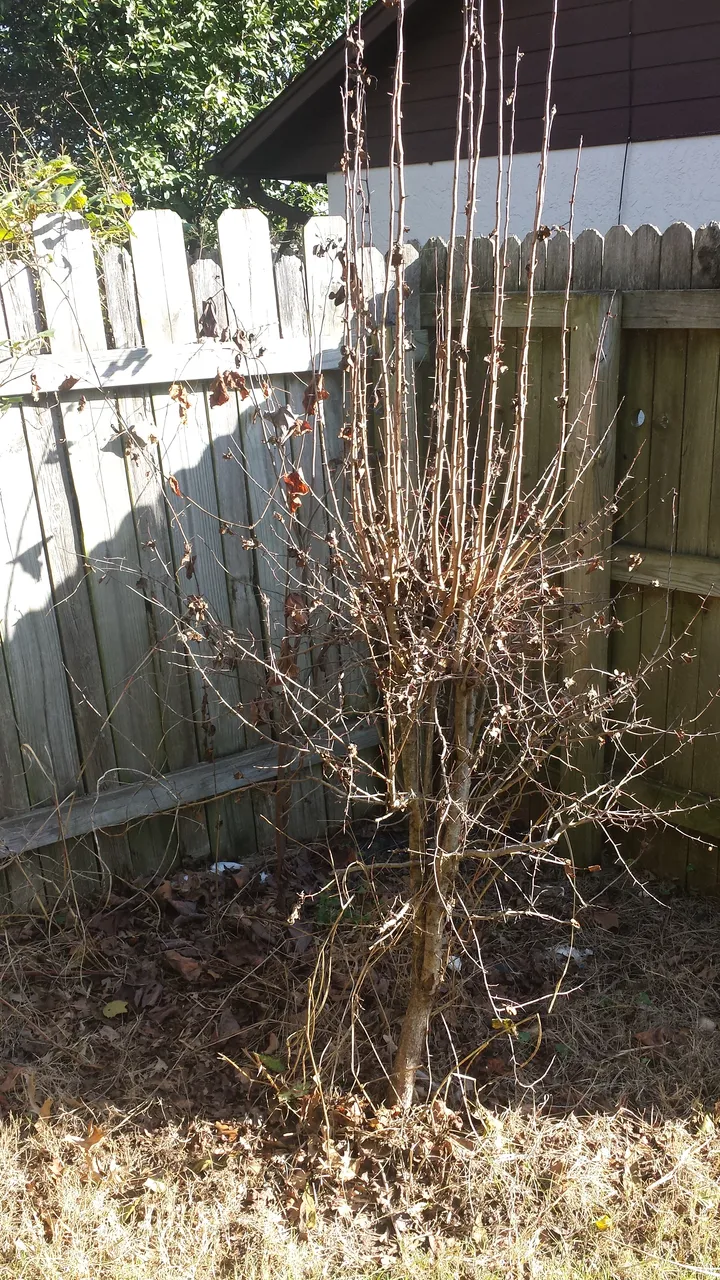
It is a good looking fruiting tree that is not the best neighbor, because it has defensive spikes. Here is my 6 foot tall tree, which has, sorry to say, dropped all it's leaves for this year; but it is a solid trunk and will get a lot bigger next year! From my reading, it doesn't matter what part of the tree is used, all the parts have the same medicinal properties. I planted a stick, and now have a tree. I look forward to the time when I can start grinding and using my own Hawthorne! I use Hawthorne to help control my blood pressure, and my Doctor told me my blood pressure is better now than when I started seeing him 30 years ago, so it works very well.
Clematis Flower: Clematis has been evaluated for its anti-inflammatory, cytotoxic, and antimicrobial effects. https://www.drugs.com/npp/clematis.html
Throughout history, the leaf of the plant was used in folk remedies for treating cancers and tumors, as well as for itching, fever, renosis, nephrosis (degenerative kidney disease), ulcers, and scrofula (tuberculosis affecting the lymph nodes).
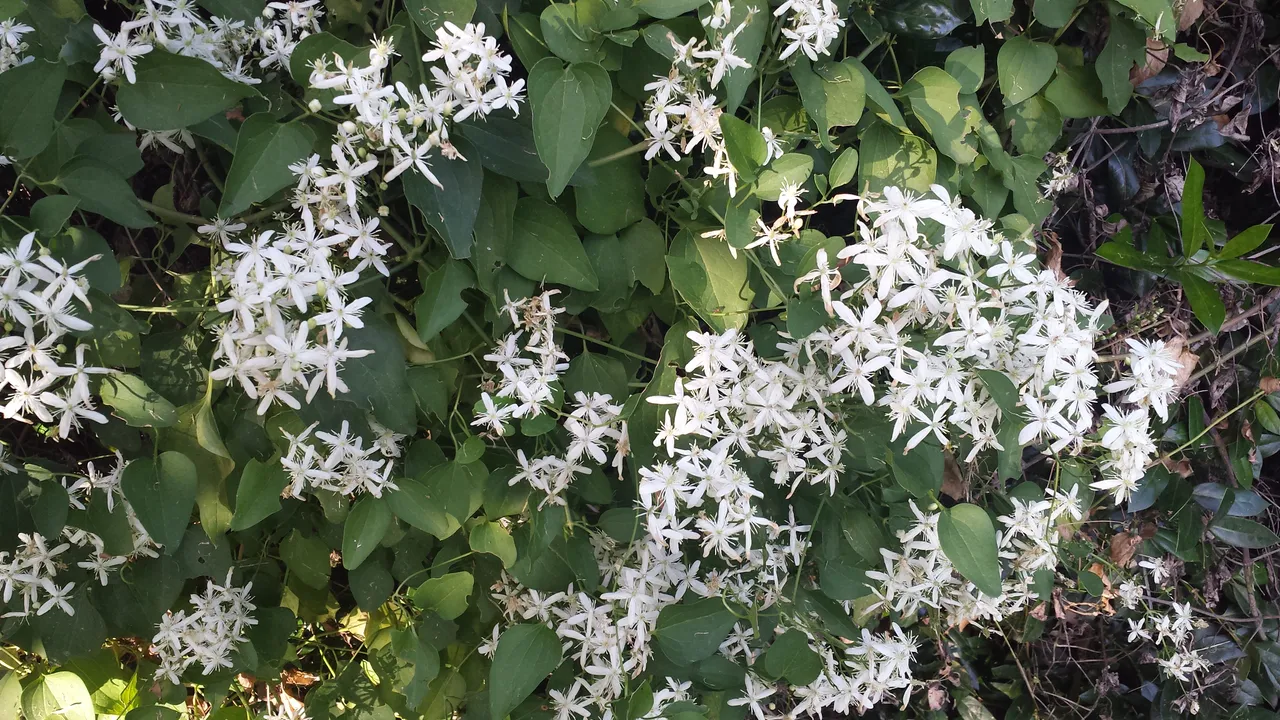
This is a fast spreading plant, and is easy to grow. It has nice vine shape and attractive four petal flowers that smell like Jasmine, and bloom for an extended time. It is a very pleasant decorative flowering vine. It is cold hearty, and green leaves to pick are still there at the end of the Year.
Passion Flower Is used for a calmative:
https://draxe.com/passion-flower/
Used to treat Insomnia, anxiety, inflammation from skin irritations and burns, menopause, and ADHD.
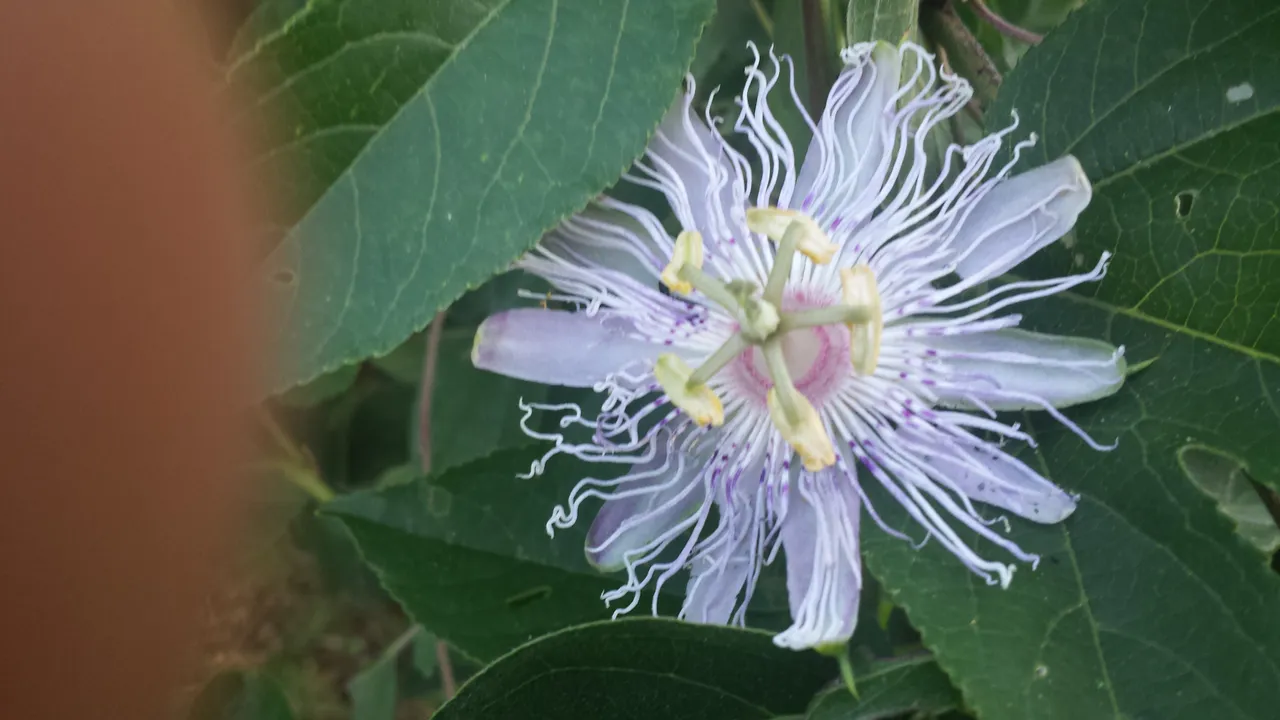
This one was a surprise, as it planted itself. This is commonly used as a sleeping aid, and this will be the first year I am not having to buy it in bulk. The flowers smell nice, and are very striking. They are so pretty, that they almost look hand made.
Lamb's quarters is a powerful antioxident:
https://www.digherbs.com/lambs-quarter.html
Lamb's quarter is eaten to relieve stomach aches and to prevent scurvy. It is a strong anti cancer herb. A cold herbal tea made from the leaves can be taken to treat diarrhea.
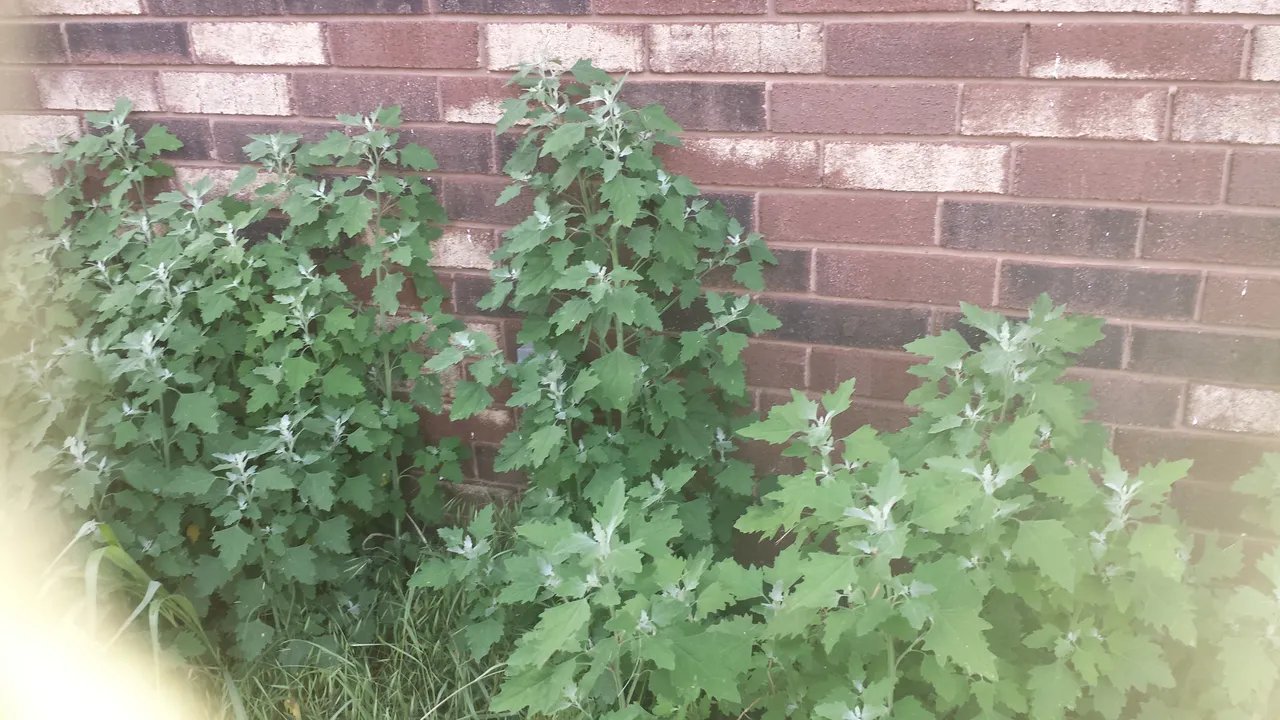
We were not very well to do growing up, and we picked a lot of this weed, for food. Steamed with butter is is one of the tastier greens that I have run into. It is also an exceptional add to salads and stews.
Purslane, Portulaca oleracea:
https://www.drugs.com/npp/purslane.html
Used to treat a very wide range of problems:Angina, Chronic fatigue syndrome, Depression, Headache, High blood Pressure, MS, Shingles, Tendinitis, Yeast infection, and Heart health.
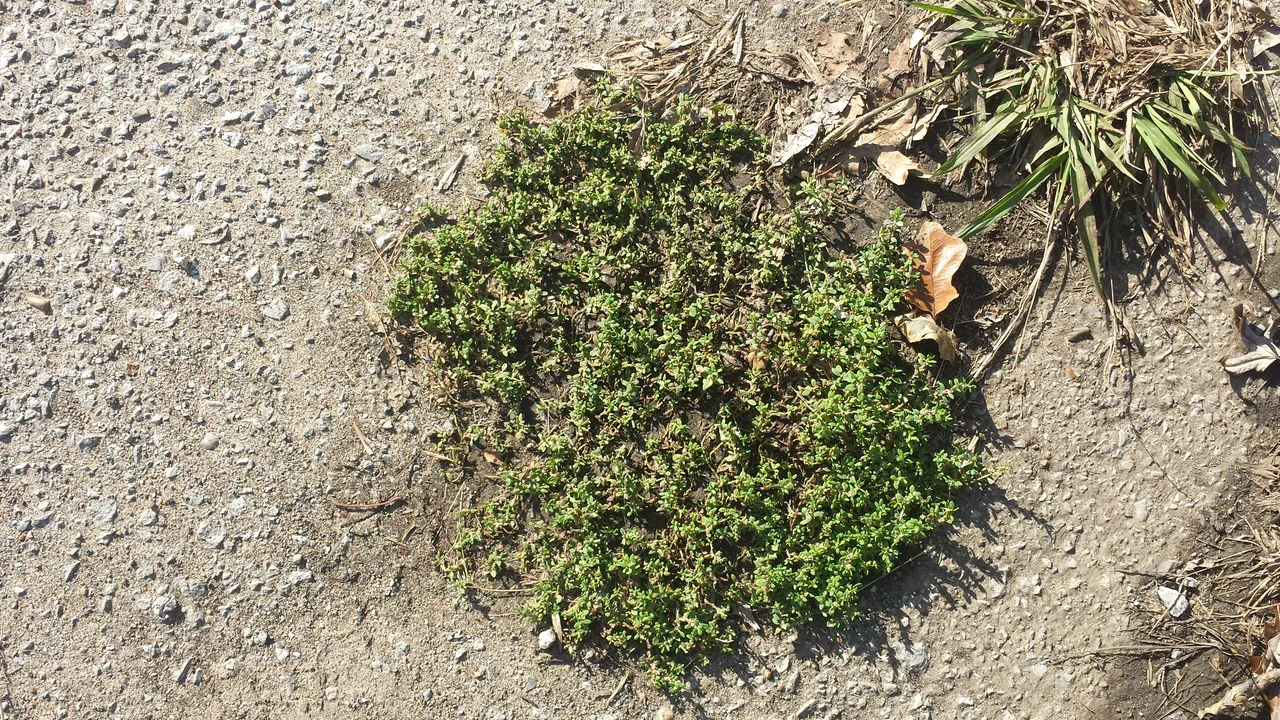
This is another weed, that absorbs a lot of work in the suburbs in lawn care! Purslane is a very good plant source for Omega 3 fatty acids. This is a nice add to a salad or soup, as it makes a nice food! I have some growing in the crack in my driveway, it is pernicious, and VERY easy to grow, like any well behaved weed. Only found out about the medicinal value recently, I always thought it was just good eats....
Comfrey: Knit bone (in Latin) syphitum officinalis
https://www.motherearthnews.com/natural-health/comfrey-medicinal-uses-zmaz92jjzshe
Allintoin is the active ingredient; Vulnerary (accelerates healing) a cell proliferant; Stimulates cell division and decreases healing time;
Stimulates hyaluronic acid which is the mortar the body uses to bind cells together; Smaller scars once the wound is healed; Expectorant; Muscillage content high (GI problem, ulcer healing); Good for burn healing; Used to treat bladder irritation; Wounds; Internal use is relatively safe.
Apoligies, on the comfrey, I harvested it when it started getting cold here; so this is the right color flower, but it is Pixabay:
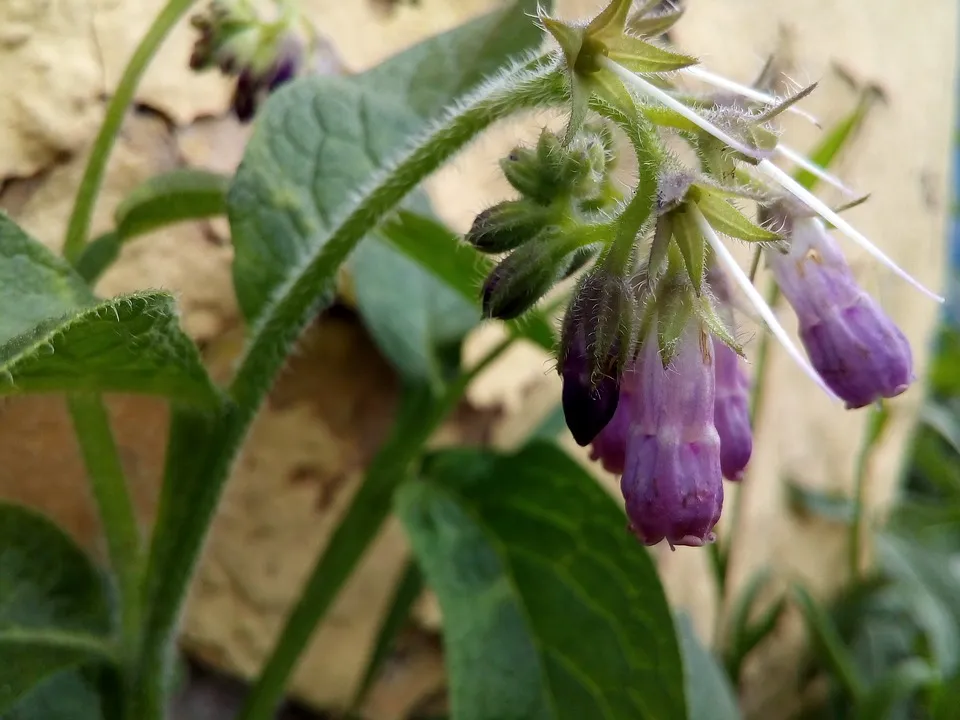
Easy to grow and spreads (Russian comfrey is easier to contain)
I make a tincture for long term preservation, but it never lasts very long, ROFLOL! Here is a post I did a few months ago on the longest part of making the Comfrey tincture, the decoction process.
@smithlabs/making-comfrey-tincture-at-home-part-one-the-decoction-process
This is one of the most useful herbs I have found, and it does amazing things!
Forsythia: Forsythia suspensa
https://www.drugs.com/npp/forsythia.html
Forsythia is a versatile plant for a variety of purposes. To begin with, it looks like winter jasmine and blooms before leaves in early spring. Hence, its lovely yellow flowers and faint aroma make it one of the best ornamental tree options in backyard gardening.
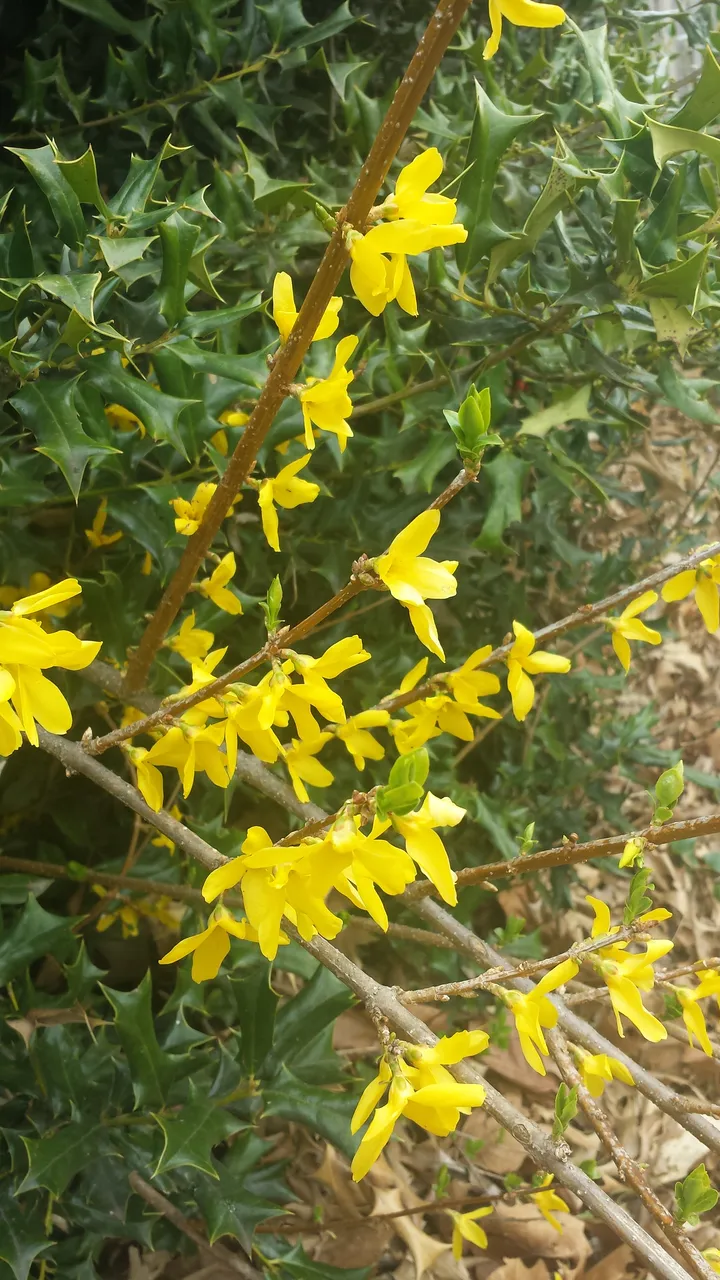
Actually many people love to grow them as a hedge. Then, all forsythia leaves, stems, fruits, and roots can be used for medicinal purpose. And its leaf is good at treating high blood pressure, diarrhea, sore throat and other ailments. Furthermore, its seeds can be extracted for edible oil and fat. Finally, the decoction of forsythia flower and unripe fruits has a good bactericidal, acaricidal, and skincare effect. Washing your face with this decoction in the morning or before going to bed, once a day, can effectively reduce melasma (facial pigmentation), malar rash, acne, and wrinkles over time.
Modern research shows that forsythia is with broad-spectrum antimicrobial effect and significant anti-inflammatory effect, which can help skin build the inflammatory barrier, lower capillary permeability, reduce inflammatory exudate, and thereby eliminate the acne-induced local swelling. Meanwhile, it has a certain inhibitory effect on the secretion of the sebaceous glands, which can improve the over-oily skin and then tremendously reduce the possibility of an acne attack.
Modern pharmacological actions of forsythia herb
- It has broad-spectrum antimicrobial activity. Main antibacterial components are forsythol and its volatile oils, which have a strong inhibitory effect on Staphylococcus aureus and Shigella and a certain inhibition on influenza virus, leptospira, and other pathogens;
- It has anti-inflammatory and antipyretic effects;
- The oleanolic acid contained can strengthen the heart, induce diuresis, and lower high blood pressure;
- The vitamin P contained can reduce vascular permeability and fragility and thus prevent hemolysis;
- Its decoction can prevent vomiting and protect liver from damage.
Pretty useful for just a pretty flower Huh? This one I will transplant to the new homestead!
This has nothing to do with herbals, but everyone needs a smile, so here is a Llama named Alfredo:
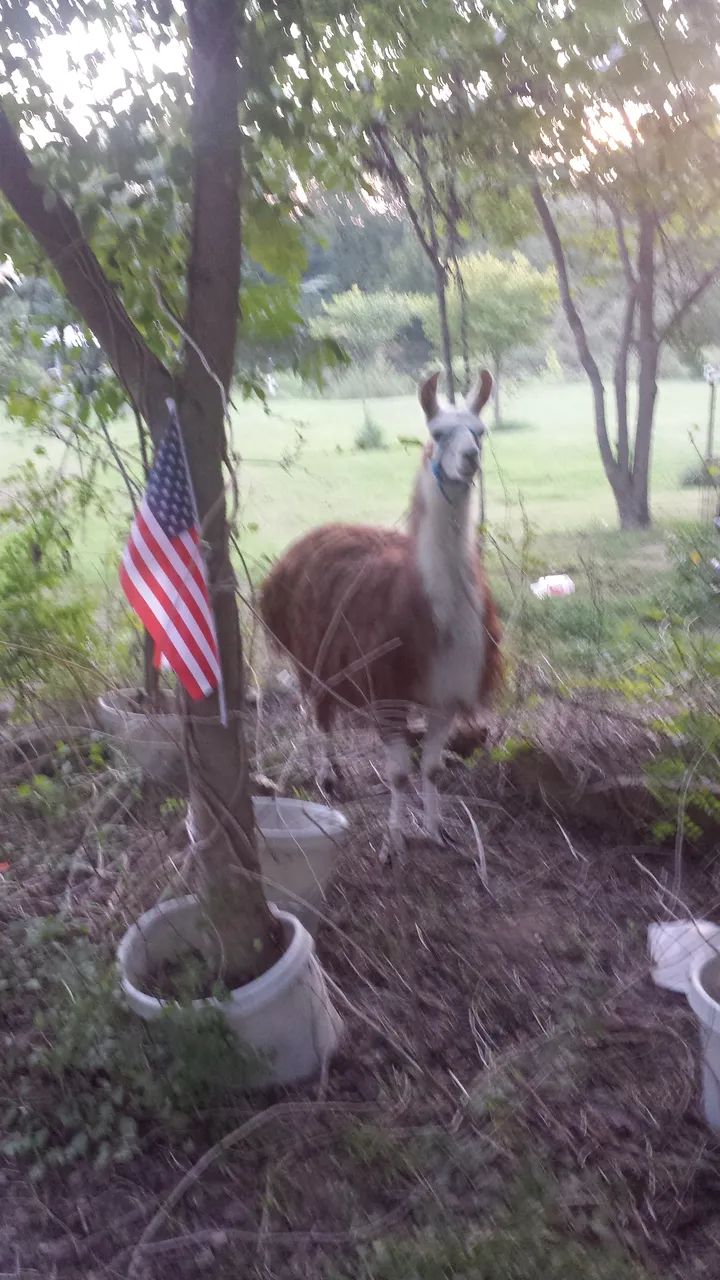
He is very sweet, and not a spitter, ROFLOL!
